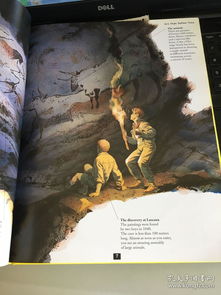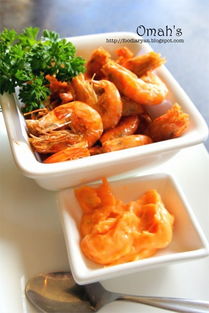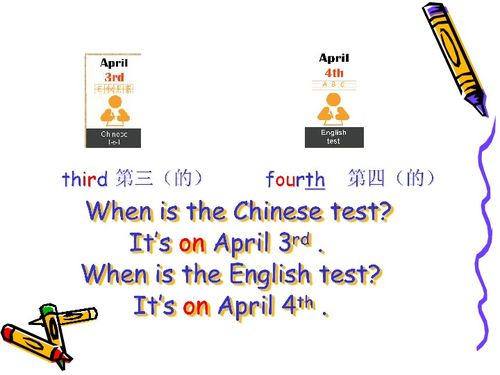Introduction:
Corn fishing, a popular and effective method for catching fish, has gained a significant following among anglers worldwide. One of the key elements to successful corn fishing is mastering the art of tackle adjustment, particularly in tuning the bobber or float. This article delves into the intricacies of how to adjust your bobber for corn fishing, providing you with a comprehensive guide to ensure you're ready to hook the big ones.
Understanding the Corn Fishing Technique:
Before diving into the specifics of bobber adjustment, it's essential to understand the corn fishing technique. Corn fishing involves using corn kernels as bait, which are known for their attractiveness to a wide variety of fish species. The corn is typically threaded onto a hook and then presented to the fish in a way that mimics a natural food source.

The Importance of Tackle Adjustment:
The bobber or float is a crucial component in corn fishing, as it allows you to detect when a fish has taken the bait. The position of the bobber in the water column can indicate the depth at which the fish are feeding and whether they are actively biting. Therefore, adjusting the bobber correctly is essential for success.
How to Adjust Your Bobber for Corn Fishing:
Selecting the Right Bobber:
The first step is to choose the right bobber for corn fishing. The size and buoyancy of the bobber should be appropriate for the conditions and the species of fish you are targeting. Larger fish or deeper waters may require a heavier bobber, while smaller fish or shallow waters may benefit from a lighter one.
Attaching the Bobber:
Attach the bobber to your line using a bobber stop or a slip bobber. The bobber stop ensures that the bobber stays at a consistent depth, while the slip bobber allows for more movement and can be adjusted on the fly.
Determining the Bait's Depth:
To find the ideal depth for your corn bait, start by casting out and allowing the bobber to settle. Observe where the bobber rests in the water column. This will give you an initial idea of the depth at which the fish are most active.
Adjusting the Bobber Position:
If the bobber is too deep, you may need to add weight to the line to bring it closer to the desired depth. Conversely, if the bobber is too shallow, you may need to remove some weight or adjust the length of the leader to increase the depth.
Fine-Tuning the Sensitivity:
The sensitivity of the bobber is also crucial. You want it to be sensitive enough to detect subtle movements but not so sensitive that it moves with every breeze or ripple. Adjust the tension of the line or the position of the bobber stop to fine-tune the sensitivity.
Testing the Setup:
Before heading out to the water, test your setup in a calm environment. Cast out and observe how the bobber reacts to different movements. This will help you understand how the bobber will behave when fishing in the real conditions.
Adapting to Changing Conditions:
Always be prepared to make adjustments on the water. Conditions can change rapidly, and you may need to reposition the bobber or add weight to maintain the desired depth.
Additional Tips for Corn Fishing with Tackle Adjustment:
- Leader Length: The length of the leader between the hook and the bobber can also affect the depth and action of the bait. Experiment with different lengths to see what works best for the fish you're targeting.
- Bait Presentation: The way you present the corn bait can also influence the success of your fishing. Try different retrieves, such as a slow fall or a twitching motion, to see what triggers a bite.
- Weather Considerations: Pay attention to the weather conditions. Wind and current can significantly impact the depth and movement of the bobber, so be prepared to adjust accordingly.
Conclusion:
Corn fishing is a rewarding and enjoyable way to fish, and mastering the art of bobber adjustment is a key to success. By understanding the intricacies of tackle adjustment and applying the techniques outlined in this guide, you'll be well on your way to becoming a proficient corn fisherman. Remember, the key is to be patient, observant, and willing to adapt to changing conditions. Happy fishing!












